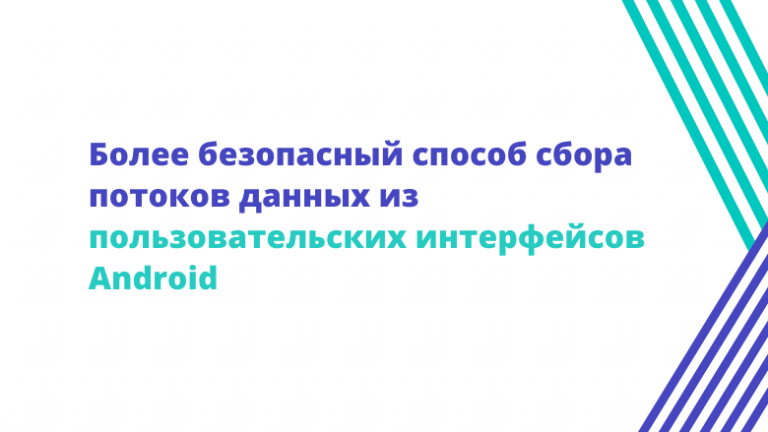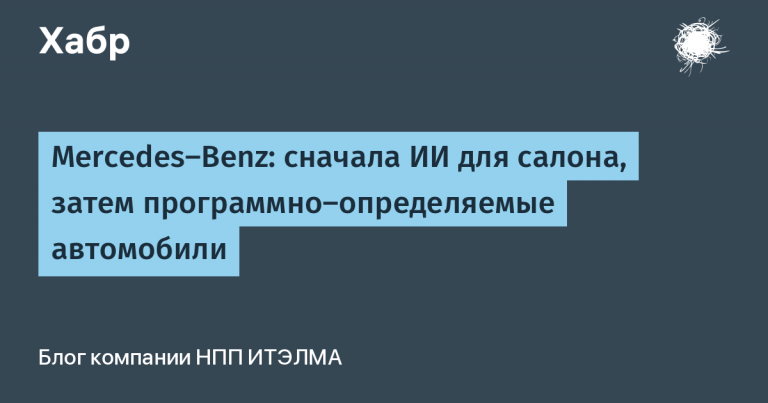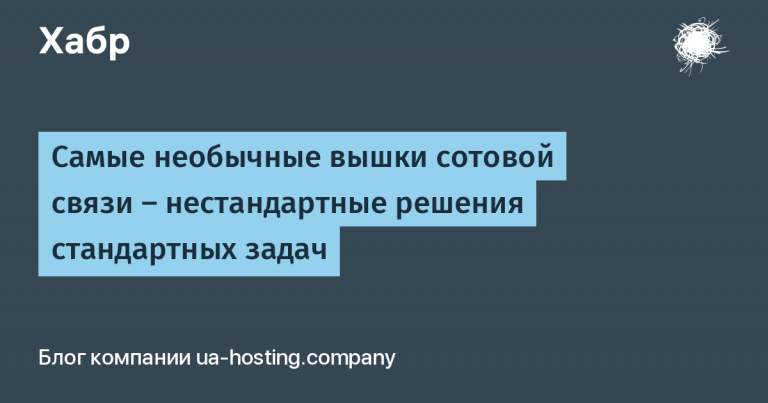A luxury lingerie store poured money on Ya.Direct, and then asked ChatGPT and doubled in size
Why can't Yandex Direct search for rich people? How to advertise and sell in the premium segment? A manufacturer of luxury bed linen spent money on contextual advertising. We studied the pains and objections of the VIP target audience. We developed a method of contextual advertising for the rich and began to earn 3 million instead of 1.5 million.

Advertising for a premium bed linen store was unprofitable: 700K costs brought only 1.5 million sales, and twice as much was needed
The Russian manufacturer of luxury bed linen has been operating on the market for four years. We started right during Covid. It wasn't easy to survive. Competitors with cheaper imports were hot on their heels. It was not immediately possible to arrange supplies of high-quality raw materials. Used equipment is quite worn out.
But the business overcame all adversity. Suitable textiles were found in Belarus. We have launched the production of a wide range of high-quality and fashionable bed linen at prices from 11,000 to 40,000 rubles. per set. There is a custom tailoring service. You can order samples for free. More than 90 positive reviews in Yandex Maps. Sales – marketplaces and your own online store.

Contextual advertising was launched on the site, but it was unprofitable. The share of advertising expenditures (ADC) jumped: in January 2023, 45%, in February – 61%, and in March – 69%. And with a budget of 700K, income did not rise above 1.5 million rubles. There were also problems with analytics: the integration of E-Commerce with CRM was not configured and data on real sales was not transmitted to Direct.
The owner wanted a 2-fold increase in income, as well as a reduction in RRR to 30%. In March, he began looking for a contractor who would improve performance and turned to us.
During the audit process, we realized that the company does not have an objective and deep knowledge of its complex audience. What is important to her? What pains and objections are there? But knowing all this, we will better understand what narrow queries consumers type in searches. What should be said in advertisements and on the website in order to differentiate ourselves from competitors and convince the premium target audience to buy our product.
We checked the site itself. There were no critical errors. The design corresponded to the premium segment. The USP and advantages were described, but how much did they meet the real needs of the target audience?

They told us what growth points we see.
research your target audience to increase website conversion;
select an effective contextual advertising strategy for your target audience.
The client supported our proposals, and work began in April. The target audience research has been launched, we’ll talk about it a little later. In the meantime, it was necessary to feel out the first moves in advertising.
We set up analytics and advertising correctly, upgraded the feed, but… income did not increase
We have adjusted our analytics. We began to see the actual turnover from advertising and show Yandex Direct real buyers from the site so that it knew what audience to bring.
Advertising began to be set up according to our ecom standard. The client had previously used the Product campaign, but it was poorly developed in terms of its “ecom” functionality, because several errors were made in the feed:
Ineffective Headers. The advertisements included very general phrases or product articles that in themselves did not carry useful information for the user;
Irrelevant illustrations. Visuals that did not reflect the essence of the goods were loaded into the offers;
No benefit. The “oldprice” tag with old and new prices was not used, which stimulates the syndrome of lost profits and clicks on advertising.
We have improved the product feed:
Manually wrote effective headings who presented the product succinctly, accurately and attractively;
In the list of product visuals ranked first the most relevant and aesthetic illustration;
Created a discount effect. In the “oldprice” tag, 2 prices were indicated: the old one crossed out and the new one – more profitable.

Product campaign is the main driving force in e-com. That's why we focused on it in this project. We loaded the updated feed and made all the adjustments. But the campaigns failed. There were few applications and all were very expensive.

We realized that we need to solve a global problem – to focus advertising on wealthy clients, but in Ya.Direct there is no such setting
We turned the Product Campaign inside out. We were looking for indicators that could be improved to increase efficiency. But they found nothing. The conversion from “Add to cart” to purchase was at a good level: 5-7%. Previously the client had 3%. There were no problems with the settings.
Only external reasons remained. More specifically, the cornerstone of contextual advertising is the search for a premium target audience. This problem applies to any luxury goods. Be it bed linen, furniture, cars or real estate. Previously, targeted advertising on popular social networks handled this well. But after they left, there was nowhere to get orders from. Many brands have begun to launch contextual advertising on their websites. Those who didn’t have them were urgently created, sometimes even overnight, on their knees. We tried to make this resource the main source of sales.
But Ya.Direct tools are adapted for mass sales. It is difficult to isolate the premium segment in them, maintaining a balance between the volume and quality of the target audience. Yes, there is a setting for solvency, but in fact it does not work. And on Search, rich people search for the same broad keywords as everyone else.

We were once again convinced how much we lack knowledge about the brand’s target audience in our work. But at that moment the study was not yet completed. And we again blindly began to search for new advertising methods.
We learned to attract a hotter target audience. Segmented by city
The client delivered bed linen throughout the country. It was interesting whether the demand for brand products among target audiences differs in different regions. We studied advertising campaigns by territory. We ended up with 3 large segments:
1. St. Petersburg, Krasnodar, Yekaterinburg, etc. – there were good sales of goods in most categories and average DRR;
2. Moscow, Voronezh, Perm, etc. – almost all goods were also sold, but in terms of the number of purchases – at an average level, and there was a high DRR;
3. Bryansk, Ivanovo, Kaluga, etc. – there were almost no sales.
We decided to play with different product categories in these segments. The Republic of Kazakhstan was divided into these regions, taking into account their conversion rate. For “good” cities, we launched a full feed with the entire range of the brand. For medium-sized ones, where there were purchases, but profitability suffered, we also used a full feed, but also set the RK for DRR to no higher than 30%.


For advertising in problem cities, they sent a shortened feed, in which only the most “inexpensive” goods were left, for example, sets no more expensive than 11,000 rubles. And they created a goal – payment for the placed order.


In our experience, geographic segmentation of target audience always works. This method did not fail this time either. We managed to increase the number of purchases by 15%. But this was not enough. It was necessary to figure out how else to hook the target audience.
We discovered pent-up demand and began to warm it up with a lead magnet and discounts
Previously, the client had a widget on the website with the Carrot quest messenger (omnichannel communications service), where all orders were placed. At first, before we set up Direct integration with CRM, we looked at all applications there. So, we saw that the service, even a month later, receives requests from the client’s old advertisement. We concluded that the target audience does not immediately make a purchasing decision. Still, underwear is expensive. We calculated the customer’s journey and it turned out that 70% of the target audience is considering a purchase within 29 days. Such an abnormally high level of deferred demand was observed during a period of low seasonality (March-April), when search demand fell.

It was necessary to warm up this pent-up demand. We agreed with the client to catch up with users with a lead magnet on the website – 1,500 rubles. as a gift for your first order. The company's marketer sent mailings with promotions to everyone who accepted the bonus and left contacts. And we launched retargeting. We shifted the focus of advertising expenses from the Product campaign to remarketing ones. Collected segments:
left a request for a lead magnet for 1500 rubles;
added to cart but did not complete the purchase.

And for these segments they launched TGO (text and image ads), with a burning promotional code for the first purchase. As a result, we received more applications from retargeting than from the Product Campaign. In the second month of advertising, sales growth was small – RUR 1,635,010. But the DRR was reduced to 50%. They also began to bring a more targeted and passionate audience to the site.

We studied the premium target audience and asked ChatGPT how to sell bed linen. Website conversion increased 3 times
In parallel with advertising, we researched the target audience. We asked the client's sales department. We conducted a corridor study – we interviewed friends and neighbors who fit into the premium segment. We studied reviews on Yandex Maps and marketplaces, in review sites. We challenged ChatGPT to get him to talk about his digital vision.

We analyzed the needs, pains and objections of luxury bedding buyers. As a result, we got a rather hefty list of USPs:
natural fabrics (composition), fashionable colors and prints;
high quality guarantee;
even seams (+ strong thread), dense fabric, exact matching of angles when folded;
large size range, all parameters are indicated, there are large size sheets with elastic bands;
environmentally friendly, hypoallergenic materials, not electrified;
durability, wear resistance, can withstand washing at high temperatures, does not shrink after washing:
no need to iron / irons itself or the fabric looks stylishly wrinkled (linen);
there are many reviews;
cool packaging (paper/box/note inside), there are care instructions, samples of other types of fabrics/colors have been added.
The information we received was useful both in advertising and on the website.
New phrases with non-obvious meanings were added to the semantic core and offers. For example: “bed linen that does not need to be ironed”; “bed linen that doesn’t tear”; “sheets with large elastic bands”; “not electrified.”
There have been more changes to the website. In the descriptions of the collections, they emphasized the qualities that are important for the target audience. For example, about the fact that ironing is not required:

The advantages of the brand included high quality tailoring, ergonomics, guarantees (return within 30 days, even after washing), and premium packaging.

We created a section with reviews from Yandex Maps.

After all these changes on the site, the conversion from visitor to buyer increased by 2.8 times – from 0.4% to 1.1%.
We established a flow of cold but correct target audience. We warmed it up with retargeting and scaled it up to 3 million rubles. per month
As we have already said, retargeting gave us a good boost in advertising. But this tool did not achieve multiple sales growth. We have achieved good DRR, and now we are looking for ways to increase income.
We decided to shift the focus of advertising from conversions to traffic. We needed to attract as many users as possible to the site. And then we can figure out which of them are suitable for us as buyers, and stimulate their conversion into purchases.
Big traffic can only be obtained from a mass of cold target audience. Therefore, YAN was involved. Previously, this tool would have only drained our budget. But now, after finalizing the site, we gave free rein to the algorithms, letting them float freely.
In the settings we worked with key phrases and interests. We looked at Metrica to see which of them give the best conversion. We chose the following: textiles, furniture, mattresses, beds. We also added targeting for users who visit competitors’ websites.
And then they no longer restricted campaigns to lead generation goals. Optimized to attract traffic based on active time on the site (4 minutes) and the number of pages viewed (7). And for segments with a lot of data, we set up a goal – a lead magnet with a gift of 1,500 rubles.



YAN brought a lot of cheap and high-quality traffic to a cold target audience: 10 rubles per click and 90 rubles per active visitor. We made decisions about the effectiveness of campaigns not based on purchases, but on the quality of traffic received. We checked it based on its behavior on the site.
If the user’s actions showed his interest and belonging to our premium target audience, we included him in YAN retargeting campaigns. For example: I left a request for a promo, but didn’t buy it, or visited the site, but didn’t buy it.

These people were divided into different Republic of Kazakhstan. For the first ones, as the hottest ones, they allocated a larger budget – 250,000 rubles. On the second, as colder ones are less – 50,000 rubles.
There we received the necessary traffic to the site, isolated our premium target audience from the general mass and gradually converted them into buyers. We fulfilled the client's income plan by 100% – in December we earned 3 million rubles.

Total: project results April 2023 – September 2024
We told you all the most interesting things that happened on this project, when we were just feeling our way to the client’s premium audience, we fell and rose. Then it was easier, but it would no longer be interesting to read about stable and quiet work. Therefore, without further ado, we conclude the case with project statistics.

And we make a short summary on the methodology of contextual advertising for an elite audience.
Methods for attracting premium audiences for different niches
Summing up the results of the first months of working with the client, we saw that all our steps resulted in a certain method of contextual advertising in the premium segment. And it can be broadcast to other niches. Therefore, we decided to present it here in the form of an action algorithm. Perhaps it will be useful to you too.
Seven step method:
1. Study of the expectations, pains and objections of the target audience – development of USP and advantages for the site, as well as semantics and offers for contextual advertising
2. Preparation of analytics, integration with CRM – obtaining data on actual sales and transmitting to Direct information about the portrait of effective users who should be brought to the site through advertising
3. Setting up advertising campaigns according to our e-commerce standard
4. Optimization of the product feed to receive the most relevant advertisements – we have checklist
5. Control of the level of DRR – segmentation of advertising campaigns by geography with optimization by assortment and DRR
6. Studying the consumer’s path on the site – searching for your target audience, warming up pent-up demand using retargeting with promotions, training campaigns on the right target audience
7. Scaling sales – attracting large traffic from a cold audience to the site, converting target audience into sales and warming up a segment with pent-up demand.
If you need an increase in calls, order for 0 rub. our in-depth audit of contextual advertising on makodigital.ru
How will this be useful?
We will find technical errors in campaign settings and segment them by level of danger: minor, significant and critical.
Let's check the statistics and find the reason for the increase in the cost of circulation and the fall in profits.
Important! We will recommend positioning, content and development (conversion rate, usability, functionality) for the site.
We will develop a contextual advertising strategy with new growth points.





